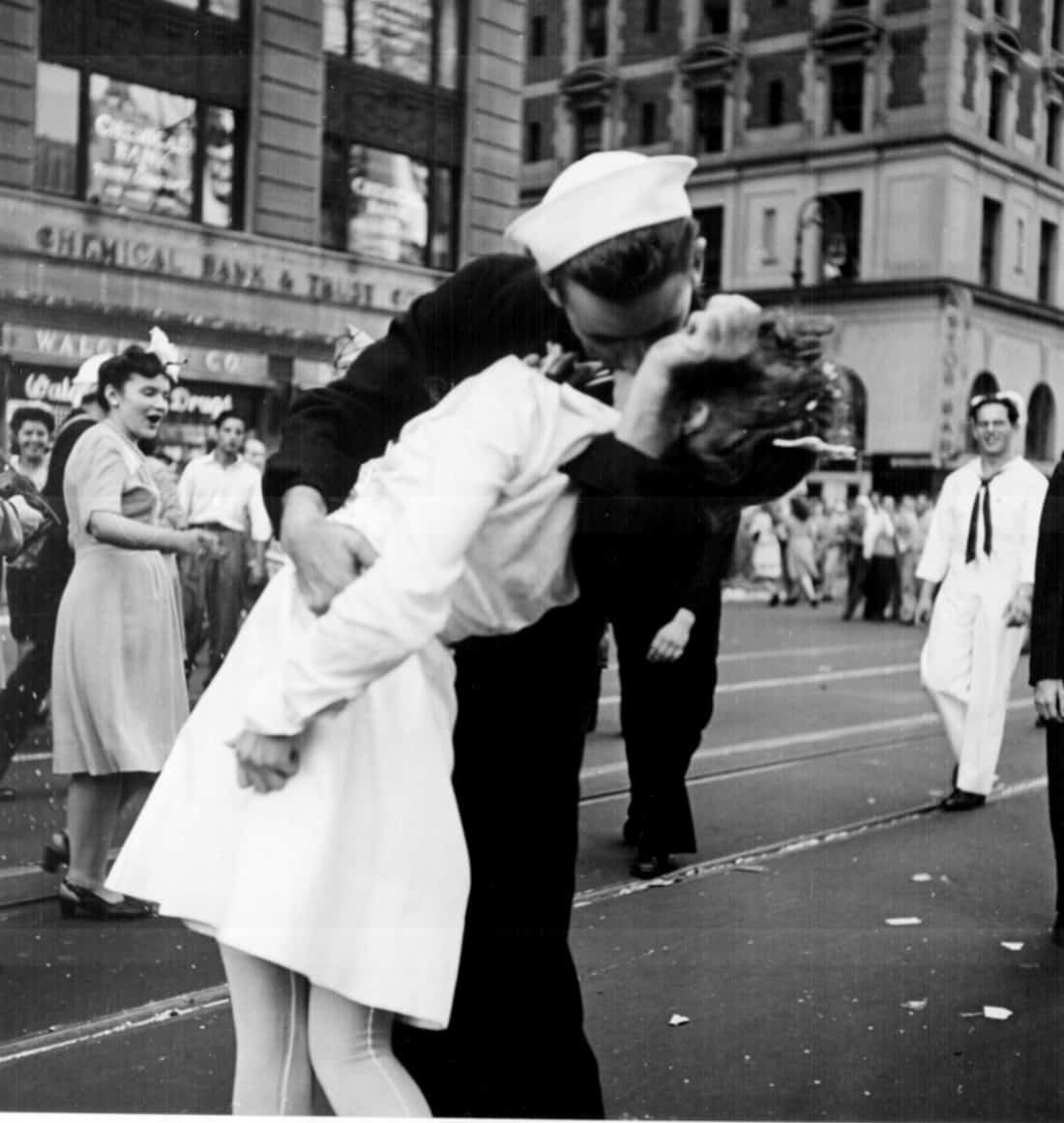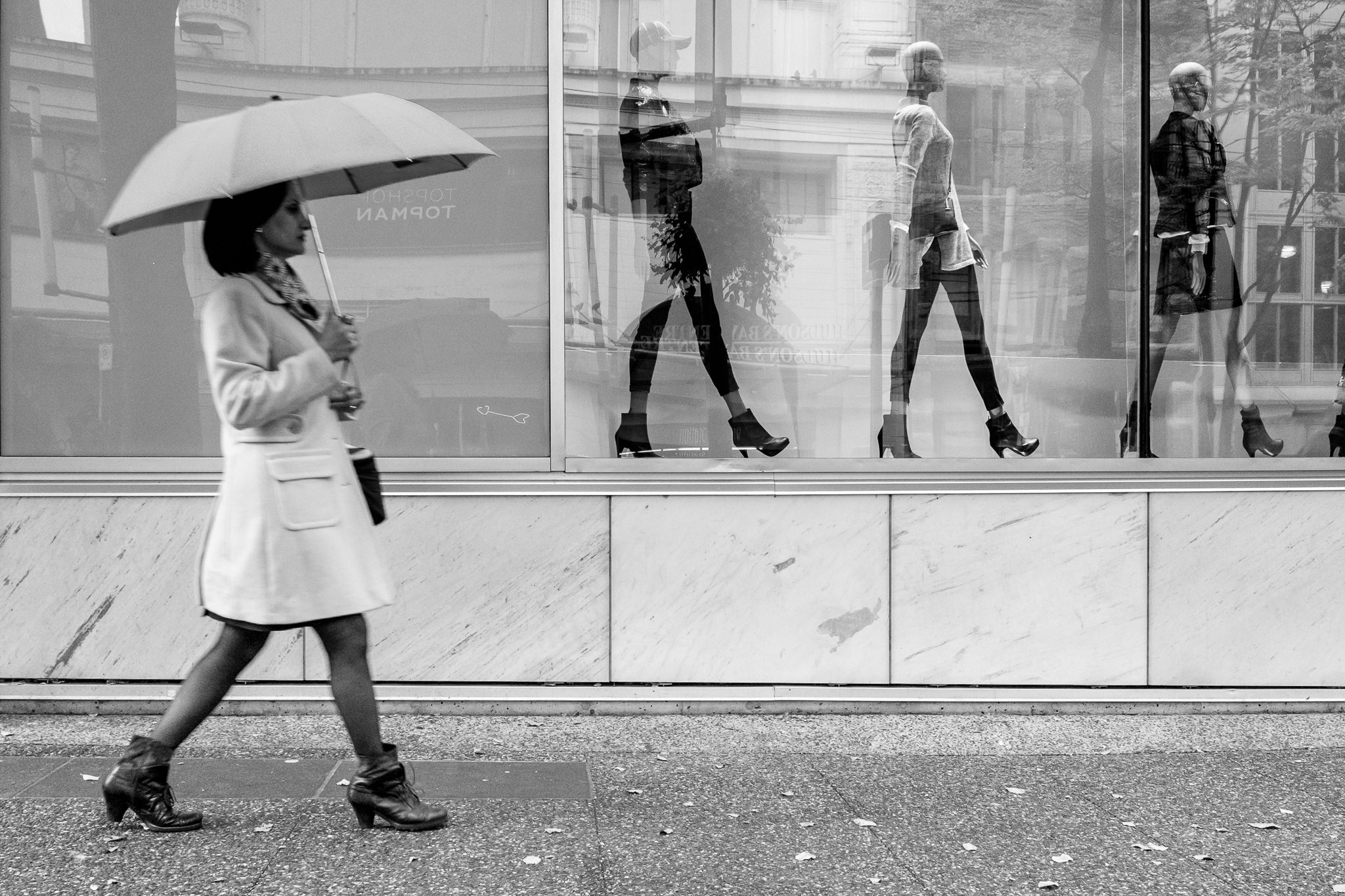Framing Streets Fundamentals Explained
Wiki Article
How Framing Streets can Save You Time, Stress, and Money.
Table of ContentsThe Greatest Guide To Framing Streets6 Simple Techniques For Framing StreetsThe Framing Streets StatementsThe 5-Minute Rule for Framing Streets

Both at the Gallery of Modern Art (Mo, MA). Inspired by Frank, in the 1960s Garry Winogrand, Lee Friedlander and Joel Meyerowitz started photographing on the streets of New York. Phil Coomes, creating for BBC Information in 2013, claimed "For those of us thinking about street digital photography there are a couple of names that stand out and among those is Garry Winogrand"; movie critic Sean O'Hagan, composing in in 2014, said "In the 1960s and 70s, he specified street photography as an attitude along with a design and it has laboured in his darkness ever before given that, so conclusive are his photographs of New York." Going back to the UK in 1965 from the US where he had met Winogrand and embraced road photography, Tony Ray-Jones transformed a wry eye on typically unique groups of British people on their holidays or taking part in festivals.
Street digital photography is a vast style that can be defined in several ways, but it is usually defined by the spontaneous recording of an unrepeatable, fleeting minute, typically of the everyday going-ons of complete strangers. It is classically fired with bigger angle lenses (e. g. 35mm) and typically includes urban atmospheres.
Little Known Facts About Framing Streets.
Docudrama professional photographers commonly have a defined, conscious message and an intent to record particular events in history (https://www.goodreads.com/user/show/174116073-david-turley). The gamut of the docudrama approach encompasses elements of journalism, art, education, sociology and background. In social examination, documentary photos are often intended to provoke, or to highlight the requirement for, societal modificationStreet photography is normally viewed as unposed and honest, however there are a few road digital photographers that interact with unfamiliar people on the streets and take their portraits. Street pictures are unintended pictures taken of complete strangers while out doing street photography, nevertheless they are viewed as presented due to the fact that there is communication with the subject.
e. 'candid photography' by definition) for fine art purposes has actually been debatable. Photographing individuals and locations in public is legal in the majority of nations shielding freedom of speech and journalistic liberty. There are normally limits on how images of people may be made use of and most nations have certain laws regarding individuals's privacy.
The 6-Second Trick For Framing Streets
Of liberty of expression. While additionally restricting digital photography in order to secure personal privacy legal rights, road photography can still be legal in France when sought as an art kind under specific scenarios.
. who simply roamed into a scene), or that are not also identifiable in the picture. https://yoomark.com/content/street-photography-presets-adobe-lightroom-cc-timeless-journey. It also does not usually encompass people who are somebodies (e. g - Lightroom presets. politicians or celebs). If a picture is thought about art, the courts will likewise think about the professional photographer's liberty of imaginative expression; indicating that "artful" street photography can still be legitimately released in particular situations
Framing Streets for Dummies
Photographing the police and publishing the pictures is likewise lawful.In Hungary, from 15 March 2014 any individual taking photographs is practically damaging the law if a person wanders right into shot, under see a new civil code that outlaws taking pictures without the permission of every person in the photo - copyright Camera. This broadens the law on grant consist of the taking of pictures, along with their magazine
'Concealed photography' (kakushidori concealed, surreptitious digital photography) 'swiped digital photography' (nusumitori with no intent of getting permission) and "quick photography' (hayayori prior to permission and rejection can be given) are forbidden unless in the previous authorization is acquired from the subject right away after taking the image. Individuals have rights to their photos (shzken, droit de image).
Report this wiki page